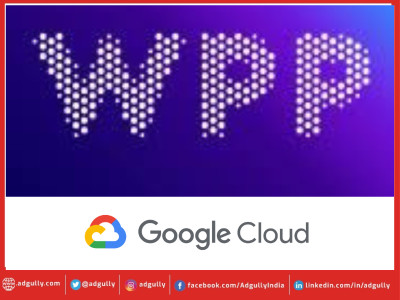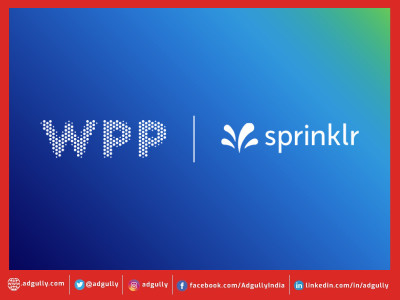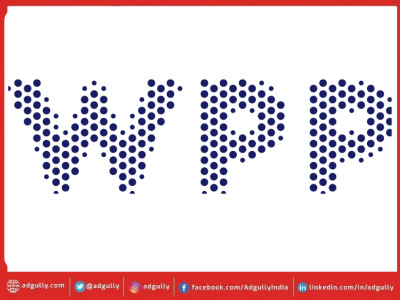Insider tips to optimise performance of mobile RTB campaigns: Rohan Patil
In this exclusive article, Rohan Patil, Managing Director, AppLift India, offers valuable guidelines on how marketers can effectively use programmatic media buying to optimise their campaigns.
If Mad Men were to be transported to 2015, they would be sitting in front of computer screens, wrapping their head around algorithms, rather than evening drinks with clients! As RTB continues its exponential growth, it comes as no surprise, then, that WPP’s Sir Martin Sorrell dubbed this shift in advertising as one from “mad men to math men”!
Programmatic media buying through RTB is being increasingly used by advertisers, both globally and in India, due to the many benefits it offers over traditional ad sells for mobile website and apps. For mobile advertisers, programmatic can target individuals utilising data to serve ads that are relevant to them, enabling them to reach the right person, at the right time, in the right context, and most importantly, at the right price.
But how can programmatic campaigns be optimised to expand and improve the performance of your mobile RTB campaigns? To buy media in real-time, it requires to constantly maximise media buying efficiency and focus on the best-performing campaign set-up.
I spill some secrets of the trade and give you the most important tips you can act on to optimise the performance of mobile RTB campaigns:
Inventory Type
Needless to say, the first lever to act on when optimising RTB campaigns is the the selection of the inventory type you bid on. For instance, apps tend to perform better than mobile web as they offer a more engaging environment for users. However, make sure to select the publishers and formats to ensure that the ad sizes are adequate. By whitelisting, you can minimise the learning curve by quickly discovering the best-performing inventory placements and focus on buying efforts on those publishers. The opposite goes for blacklisting: weed out the worst-performing placements from the inventory you’re targeting.
Audience Targeting
Make the most of your programmatic campaigns by finding the right audience, which in turn can help you avoid wasting undesired impressions. While first-party data, that is, the data that you own about the users, can provide you the information about the users, you can enrich this by efficiently analysing the second-party data (device type, OS, etc.) and third-party data (coming from third-party providers, typically data management platforms). By effectively making use of the information about your users, you can make informed bidding decisions that will define the potency of your campaigns.
Dayparting
Have you noticed why you see more food delivery ads during the evening or on weekends as opposed to other times of the day or week? That’s because consumer patterns suggest that people are more likely to order food in evening after coming back from work, or on weekends.
Selecting which time of the day and which day of the week your ad is shown on mobile to follow usage patterns can pay off, especially on mobile. By identifying key user behaviour, advertisers can serve them the impressions at the time they are most keen to engage with the ad.
Frequency capping
Frequency capping is a valuable tool to ensure that you avoid user fatigue. By setting the frequency cap for the campaigns, that is, the number of times the same ad can be shown to the user within a specific period of time, you can ensure your content remains “fresh” for the audience. You don’t want to annoy and push the user away by over pushing your ad.
The level of frequency capping depends on the stage your campaign is at: Brand new campaigns with fresh creatives and broad targeting can have frequency cap set to low, and as the campaign matures, those caps can be increased. However, for retargeting campaigns, remember to account for user fatigue right from the start of the campaign.
Geo Targeting and Geo-Fencing
The beauty of programmatic is in the way it allows advertisers to expand the reach of their campaigns through many targeting capabilities. A great way to optimise RTB campaigns is by leveraging mobile capacities such as geo-targeting and geo-fencing. For instance, for a travel app it could mean different creatives depending on where they advertise.
By efficiently learning to optimise campaigns, not only can advertisers allow for greater targeting precision, but it also eliminates inefficiency and waste. Programmatic is changing the way mobile advertising functions, and as the mobile ecosystem becomes more complex, only those who understand the tricks of the trade can stay ahead in the game.
(Rohan Patil is an entrepreneur who has worked for Goldman Sachs (London), Rothschild (Paris) and ATKearney (EMEA). He is an alumnus of the London School of Economics & Political Science (LSE) and is currently the Managing Director for AppLift in India - developing and expanding the company’s operations on the ground. Previously, Patil co-founded Dataconomy Media, Europe’s leading media portal focused solely on data science, which was ranked among the Top 100 Global Big Data Brands and as being one of top 5 start-ups in Berlin.)
















Share
Facebook
YouTube
Tweet
Twitter
LinkedIn